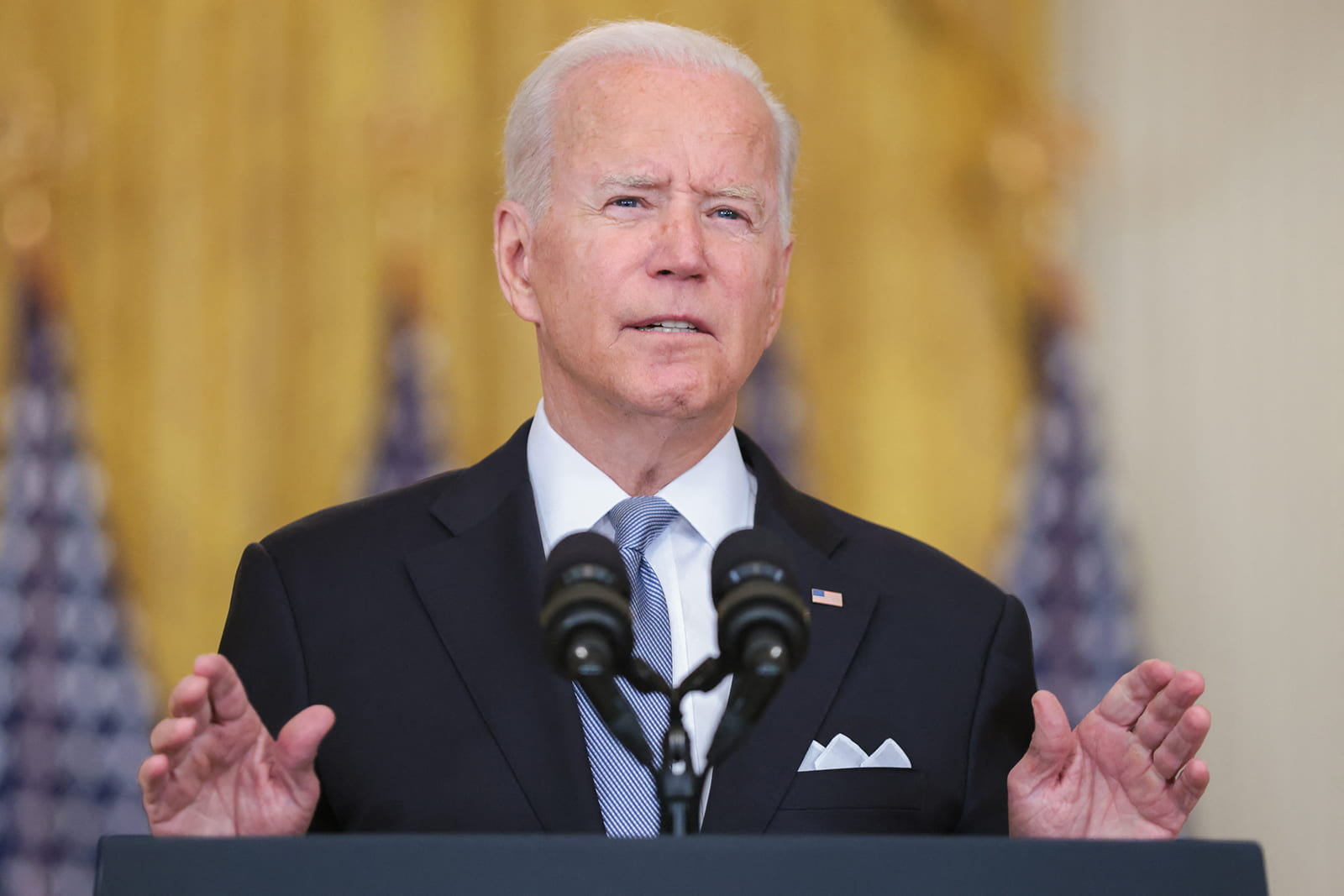
Beginning in September, over 320,000 disabled borrowers identified through the Social Security Administration as being totally and permanently disabled will receive loan forgiveness without having to fill out an application. Credit: Oliver Contreras/Pool via TNS
Debt from college or university loans may be a thing of the past for some disabled students.
A $5.8 billion student loan forgiveness plan from the Biden administration will apply to borrowers who are “totally and permanently disabled,” meaning they can’t work to support themselves due to a disability, according to an Aug. 19 Department of Education press release.
Beginning in September, over 320,000 disabled borrowers identified through the Social Security Administration as being totally and permanently disabled will receive loan forgiveness without having to fill out an application, according to the release.
Robert Humann, chief revenue officer at online lender marketplace Credible, said in an email the new announcement will simplify the process for those borrowers who are impacted.
“While this type of loan forgiveness has been available in the past, it was not widely publicized and was riddled with paperwork,” Humann said.
According to the Federal Student Aid Office, some disabled people could get their federal student loans canceled by filling out an application to prove they were “totally and permanently disabled” and requiring that their income does not exceed the federal poverty level for three years following approval. Under the new authorization, borrowers eligible for loan cancellation are no longer required to apply or to have their income monitored.
The department announced Aug. 26 it would also cancel federal student loans for former students of the ITT Technical Institute — a now defunct for-profit college that defrauded its students.
The combined debt cancellation for disabled students and former ITT Tech students brings the total amount of student debt canceled by the Biden administration to almost $10 billion and affects around 560,000 borrowers. However, $10 billion represents less than one percent of the total student debt in the U.S.
Kayden Gill, president of Buckeyes for Accessibility, said while this move will help some borrowers, it does not go far enough to help disabled people with student loan debt. It only applies to federal student loans, not private ones, and will only benefit disabled people who were already able to go to a university.
In addition to debt forgiveness, Gill said the government and universities across the country should also focus on getting more disabled students into universities by increasing diversity initiatives instead of simply including disabled people in their anti-discrimination statements.
“If we got more disabled students into health care, we would see better health care outcomes for disabled people,” Gill said. “We would see less ableism in the world, I think. If you got a bunch of wheelchair users to be architects, I’m sure building access would greatly improve.”
When determining how much financial aid a student receives, disability status is not taken into account, Gill said. He added that he believes considerations should be changed to allow disabled students to receive the financial aid they need to attend school, as an important factor in getting them into schools is financial support for their studies.
Gill also cited the Disabled Students’ Allowance, a program in the U.K. that helps disabled students pay for specialist equipment, non-medical aids and interpreters, travel expenses to attend courses and other disability-related study-support needs. He said a similar program would be helpful to disabled students in the U.S.
On Aug. 6, the Biden administration extended the moratorium on student loan payments until Jan. 31, 2022, promising it would be the final extension of the payment pause that was initiated by the Trump administration in March 2020.
As for what disabled borrowers can do when they are once again required to make student loan payments, Humann recommends creating a budget to keep in mind how much will be owed each month. He also said interest rates on private student loans are currently low and some may want to look at refinancing their loans to get a lower interest rate.
More information about student loan forgiveness qualifications can be found here.


